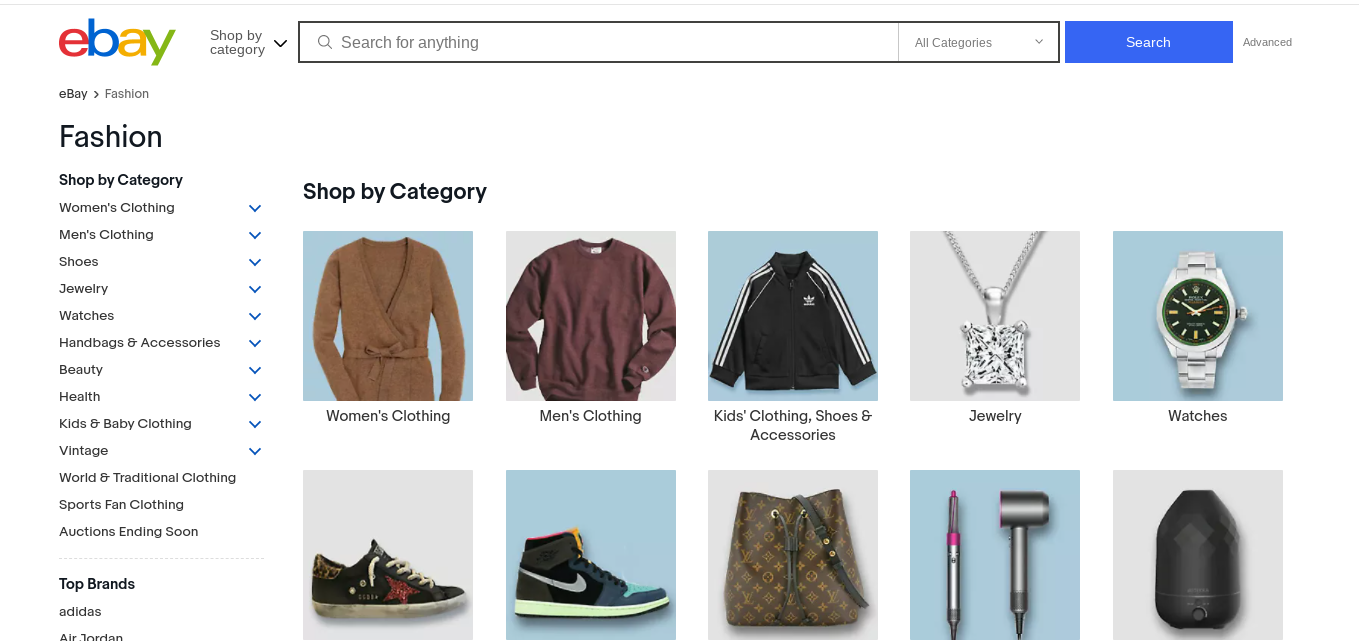
Ecommerce is bigger than ever and continues to grow. With more people buying online than ever, entrepreneurs are increasingly looking at selling via the net. The problem is that there’s a lot of confusion over the different types of ecommerce.
That can make it very challenging to choose the ecommerce business model that’s best for you. In this article, we’ll break down those models, and highlight the revenue modes that are most suitable for you.
If you’re considering selling online but you’re struggling with what kind of ecommerce business to launch, here’s what you need to know.
The 6 Ecommerce Business Classification Models
Choosing who you’re going to sell to is the first factor that you need to consider carefully. Every business, whether it’s online or brick and mortar, needs to ensure it’s always testing that it’s customer-centric. Depending on your target audience, you will need to choose from one of the following business classifications:
B2B: this is when you operate a business that sells to other businesses. Think software companies, HR consultants, and accountants. B2B is a popular ecommerce business model because it leans into repeat purchases and a higher order value. However, it often has a longer sales cycle and will tend to require a higher initial investment.
B2C: a Business to Customer approach is, by far, the most common business model in the world. Choosing B2C as your ecommerce business means avoiding the high costs of buying or renting a physical store. There are many advantages for choosing B2C, but remember that this is a highly competitive arena and you’ll need to stand out from the competition by utilizing conversational commerce and other strategies.
C2C: Consumer to Consumer ecommerce is more popular than most people realize. Selling products between private individuals, rather than involving a business, can be seen across multiple platforms such as Etsy, eBay, or even Amazon. C2C means that you get instant access to a wide audience, and the costs of set-up can be extremely low.

C2B: You may have seen or even used a Consumer to Business model without recognizing it as such. It’s where consumers sell their services to businesses. Platforms like Fiverr or Upwork are the top examples of a C2B business model. As more businesses look at outsourcing their needs, there is a lot of potential in C2B ecommerce, but it can be difficult to establish name recognition.
B2A and/or C2A: These business classifications are rarer to see. B2A is Business to Administration (also referred to as B2G or Business to Government) ecommerce. It’s where your clients will only be public administration bodies or the government. C2A is the same thing, but with private individuals selling to official bodies.
Although the business classifications for ecommerce can be confusing, they can often be selected based on what you’re going to sell. Whether that’s physical goods, services, or digital products can help you assess who your target audience is and what kind of business classification is best for you and your goals.
The 4 Most Popular Ecommerce Business Models
Your next step is to understand the different types of ecommerce business models that are available to you. There are pros and cons to each, so make sure that you have a firm understanding before you commit.
Dropshipping
This is as simple as ecommerce gets. Instead of purchasing inventory and having to store it, then package, and ship it, you instead act as a middleman between a consumer and a supplier. Customers place their orders with you, pay you for their orders, and you simply pass those orders onto the suppliers.
However, despite the low startup costs, there are risks to dropshipping. You’re extremely reliant on your suppliers. Any drop in product quality or problems with shipping will mean bad reviews for you rather than the supplier. Customer service for dropshipping is critical to get right.

Wholesaling
Traditionally a B2B model only, wholesaling has increasingly crept into the B2C market as consumers become more budget-aware. Wholesaling works by offering your product in bulk volumes but at a reduced price..
As a wholesaler, you’ll also be extremely dependent on high-volume orders. That leads to the challenges of shipping, which is why so many wholesale brands are moving to shipping automation to avoid inefficiencies and human errors as they scale. In the wholesale sector, selling on ecommerce platforms like Amazon, Google, and eBay can accelerate growth.
Private Label and White Label
One of the trickiest ecommerce models, going white-label will mean a lot of groundwork. You’ll have to choose a generic product, buy it directly from the manufacturer or distributor, and then sell it exclusively with your own branding. The Dollar Shave Club is one of the most well-known examples of white label ecommerce.

The key to success in the white label market is branding. That branding will be vital when it comes to boosting customer engagement, which leads to more sales. Although a challenging area to break into, it’s certainly an option to consider for those entering the cosmetics and beauty market, as these dominate the white label industry.
Subscription
This is where your customers sign up for your product and receive regular deliveries of that product. Although finding the right niche for a subscription model is notoriously challenging, get it right and rewards can be extremely high. Your income will be stable and predictable, and there are plenty of niches to choose from.
While the fashion and beauty industries are the predominant users of subscription-based ecommerce, the convenience has also proven advantageous for those offering software and tech products. Having a regular payment for your automation in finance solutions can help ensure that your profits remain stable as you work on scaling.

Start Your Ecommerce Journey
It’s never been easier to start an online business and start selling. It’s also never been easier to fail. Up to 90% of new online businesses fail in the first 120 days due to a lack of research. If you want to be the unicorn that succeeds and grows, you need to plan well.
The more that you learn about the different ecommerce business models available to you, the easier it will be to make your business a success. Take the time to research your target audience, your competitors, and your marketing options. Learn as much as you can about your chosen ecommerce business model and your chances of success will only grow.



